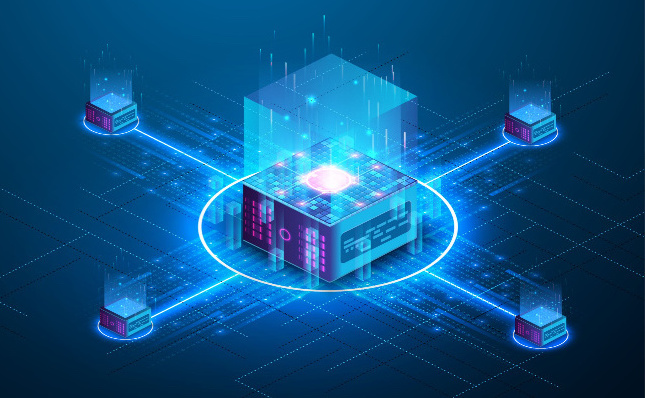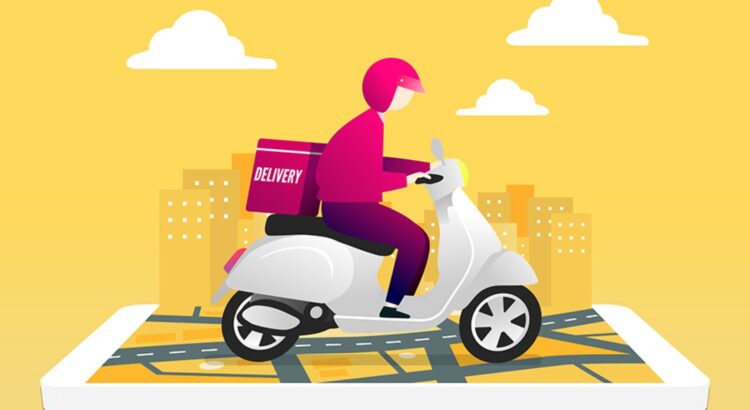In today’s fast-changing digital and physical business environment, ensuring security and compliance is not just an option-it’s a necessity. Organizations of all sizes deal with constant risks, whether it’s unauthorized access to premises, mishandling of sensitive data, or failing to meet regulatory requirements. One effective solution that has emerged to address these challenges is a Visitor Management System (VMS).
A VMS goes beyond the traditional sign-in sheet or reception logbook. It integrates technology, security protocols, and compliance requirements to provide a seamless way of tracking, managing, and securing visitors, contractors, and employees. By digitizing and automating visitor processes, businesses not only strengthen security but also reduce operational inefficiencies while ensuring adherence to regulatory standards.
Strengthening On-Site Security
The first and most visible advantage of a Visitor Management System is improved security. Traditional visitor logs are prone to errors, manipulation, and unauthorized access. A VMS eliminates these weaknesses by digitizing the entire visitor lifecycle-from pre-registration to check-in and check-out.
- Identity Verification: Visitors can be required to submit government IDs, QR codes, or biometric verification, ensuring only authorized individuals enter the premises.
- Real-Time Monitoring: Security teams can track who is inside the building at any given time, along with their purpose and location.
- Access Control Integration: A modern VMS can be connected to access control systems, restricting visitor movement to specific zones. For instance, contractors can be limited to work areas without access to sensitive offices or data centers.
By making entry points more controlled and transparent, a VMS greatly reduces the chances of security breaches.
Ensuring Regulatory Compliance
Regulatory requirements in industries such as healthcare, finance, and IT have become stricter than ever. From GDPR and HIPAA to ISO and PCI-DSS, organizations must demonstrate that they have adequate processes for tracking access and maintaining records. A VMS simplifies this.
- Automated Audit Trails: The system maintains digital logs of every visitor, complete with timestamps, entry points, and duration of stay. These records can be easily retrieved during audits.
- Data Privacy Controls: Unlike paper logs, where personal details are visible to everyone, a VMS protects sensitive data with encryption and access permissions.
- Compliance Workflows: Customized workflows allow businesses to enforce compliance rules, such as signing NDAs, watching safety videos, or agreeing to security protocols before entry.
This not only reduces the risk of penalties for non-compliance but also builds trust among stakeholders and clients who expect organizations to handle sensitive data responsibly.
Enhancing Operational Efficiency
Security and compliance shouldn’t come at the cost of productivity. A Visitor Management System strikes the right balance by making processes faster and smarter.
- Pre-Registration: Guests can be pre-registered, receiving QR codes or digital passes that allow quick entry without long wait times.
- Instant Notifications: Hosts are automatically notified when their visitors arrive, ensuring a smooth and professional experience.
- Centralized Dashboard: Admins and security staff can manage all visitor data from one centralized platform, reducing manual workloads and errors.
In this way, organizations not only improve their security posture but also deliver a better experience for employees, contractors, and clients.
Building Trust with Clients and Employees
In an age where security incidents often make headlines, businesses need to show that they take security and compliance seriously. A VMS plays an important role in building that confidence. Employees feel safer knowing that unauthorized individuals cannot roam freely around their workplace. Clients and partners see that the business is committed to maintaining the highest security and compliance standards, which improves reputation and reliability.
Integration with Emerging Technologies
Modern VMS platforms are no longer standalone tools. They can integrate with other enterprise systems to create a holistic security and compliance ecosystem.
- IoT and Smart Devices: Integration with surveillance cameras, access control systems, and smart locks enhances visibility and control.
- Cloud and Remote Management: Cloud-based VMS allows multi-location organizations to manage visitors across different sites with ease.
- Analytics and Reporting: Advanced reporting features provide insights into visitor patterns, helping in both compliance audits and security planning.
By leveraging these integrations, organizations can future-proof their security strategy.
Long-Term Value of a VMS
While businesses may initially adopt a Visitor Management System for compliance purposes, the long-term value extends much further. It enables:
- Stronger resilience against security threats
- Improved compliance posture during audits
- Enhanced operational workflows
- Greater trust among employees, clients, and regulators
In short, a VMS is not just a tool for visitor tracking-it’s a strategic investment in security, compliance, and overall business growth.
Conclusion
In today’s business landscape, where both physical and digital security are under constant scrutiny, a Visitor Management System acts as a strong line of defense while ensuring compliance with regulatory frameworks. From securing sensitive areas and protecting data to maintaining audit-ready visitor logs, a VMS helps businesses stay safe, efficient, and future-ready.
At Razorse Software, we believe in enabling organizations with smart, secure, and scalable digital solutions. A VMS is a key example of how technology can simplify complex challenges while building trust and compliance. Businesses that adopt such systems today will not only protect their assets but also gain a competitive edge tomorrow.
#VisitorManagement #BusinessSecurity #Compliance #RazorseSoftware #DigitalTransformation





